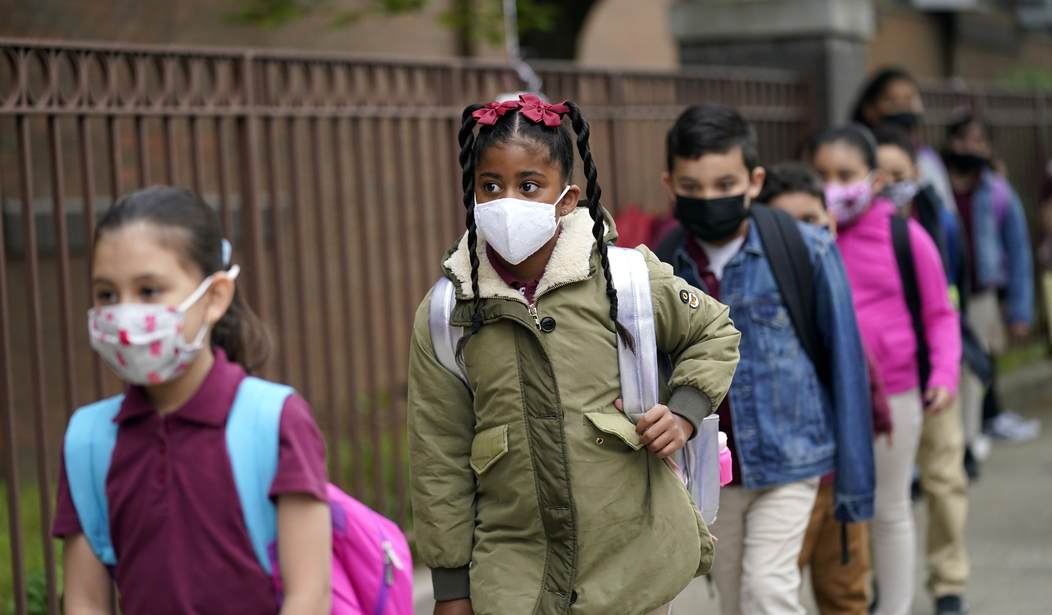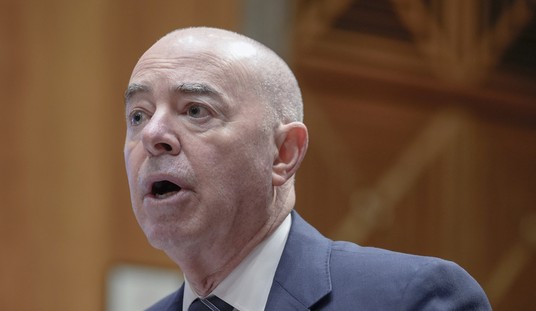We've known since before the end of the pandemic that closing schools for months, even years at a time led to a catastrophic loss of learning in school-age kids across all grade levels, and across all income levels.
What's more, closing the schools did not lead to a drop in COVID-19 infections. In short, closing the schools during the COVID pandemic was the most catastrophic error that public health and public education authorities ever made. It can't be argued otherwise.
“There’s fairly good consensus that, in general, as a society, we probably kept kids out of school longer than we should have,” said Dr. Sean O’Leary, a pediatric infectious disease specialist. He helped write guidance for the American Academy of Pediatrics, which recommended in June 2020 that schools could reopen as long as they had safety protocols in place.
The loss to the nation's future is incalculable. It's not an exaggeration to say that school closings permanently affected many millions of children in lost future income, upward mobility, and a social bill that will never be paid.
According to a New York Times analysis, the more time spent in remote learning in 2020 and 2021, the lower the standardized test scores. In schools that spent most of that time in remote learning, the kids fell behind, on average, by half a grade.
Test scores from 2023 show little recovery by children. And the largest gaps occur in schools that spent the most time in remote learning. While income and family background made some difference, the defining factor was how long that child was learning remotely.
Educators ignored the advice to reopen schools — not out of any proven scientific theorem to the contrary but because the advice was coming from the teachers' unions and Democratic politicians' ideological enemies. That makes their continued insistence on keeping the schools closed a case of gross negligence.
Politics kept the schools closed. And no politicians, union heads, or school board leaders have been held accountable for their negligent actions.
“We wanted to survive,” said Sarah Carpenter, the executive director of Memphis Lift, a parent advocacy group in Memphis. COVID hit hardest in America's poorest communities for a variety of reasons, including lack of good nutrition, crowded living conditions, and additional factors like lack of access to healthcare, obesity, and other co-morbidities.
“But I also think, man, looking back, I wish our kids could have gone back to school much quicker,” Carpenter added.
Other things were also associated with worse student outcomes, including increased anxiety and depression among adults in children’s lives, and the overall restriction of social activity in a community, according to the Stanford and Harvard research.
While being in school was on average better for academic outcomes, it wasn’t a guarantee. Some districts that opened early, like those in Cherokee County, Ga., a suburb of Atlanta, and Hanover County, Va., lost significant learning and remain behind.
At the same time, many schools are seeing more anxiety and behavioral outbursts among students. And chronic absenteeism from school has surged across demographic groups.
Some teachers' unions are defending their actions with an arrogance that borders on contempt.
“I do believe it was the right decision,” said Jerry T. Jordan, president of the Philadelphia Federation of Teachers. Jordan said "concerns about the availability of vaccines and poor ventilation in school buildings" kept the Philadelphia schools closed according to Jordan's interview in the Times.
“It doesn’t matter what is going on in the building and how much people are learning if people are getting the virus and running the potential of dying,” he said.
Well, Mr. Jordan, you're wrong. Wrong, wrong, wrong, a thousand times wrong. You were wrong then, you are wrong now, and whatever information you cited as a reason to keep the schools closed was shown to be wrong six months into the pandemic.
Where do these children go to get their education back?










